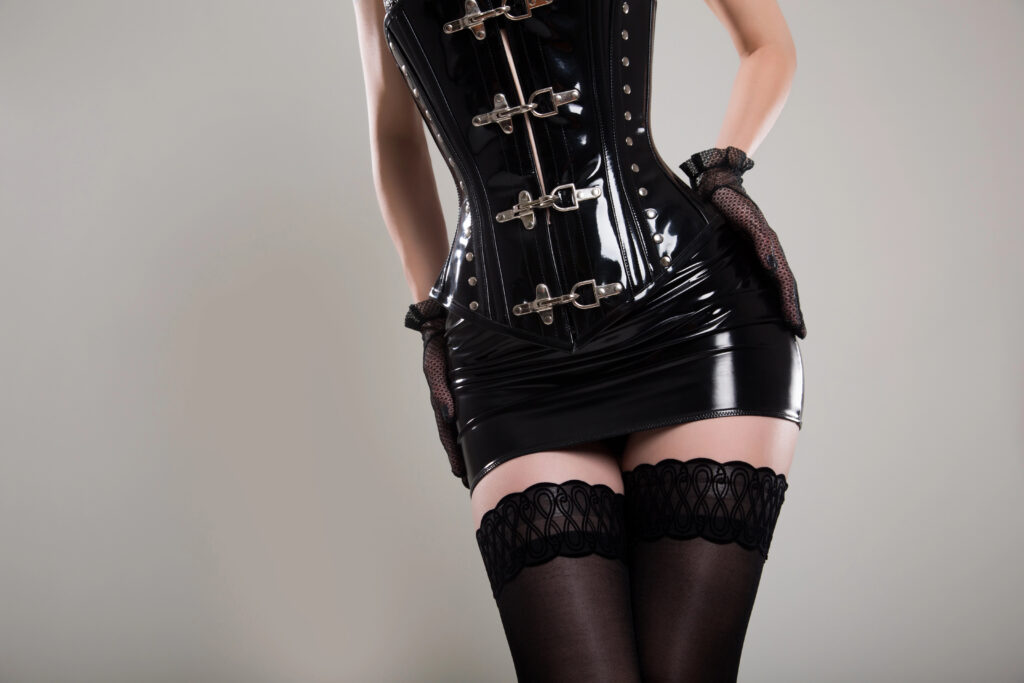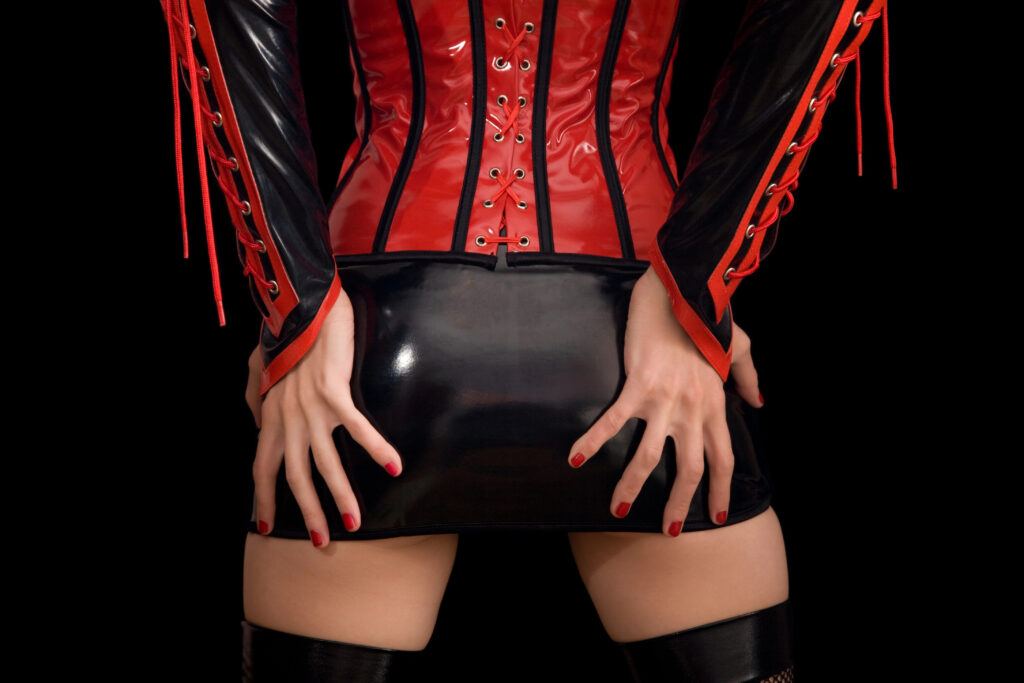
Humor in the Madness
One of the most surprising things about writing The Venus Fly Trap was how often I found myself laughing. Not polite chuckles — real, doubled-over, “did that really happen?” laughter.
Here’s the thing: some of the most painful chapters of our lives, once the sting has faded, are also the funniest. The absurdity, the bad timing, the ridiculous decisions — they turn tragedy into comedy. And humor is not just a coping mechanism; it’s a survival tool.
The Absurdity of Desire
Falling in love (or lust) is rarely elegant. We imagine ourselves as suave, composed, irresistible. The reality? We trip over our own words. We misread signals. We send texts we shouldn’t. We buy extravagant gifts that don’t land.
In The Venus Fly Trap, I recount scenes that, at the time, felt dramatic and all-consuming. But in hindsight, they were hilarious. A rooftop seduction that could’ve been scripted for a farce. A game of backgammon that turned into psychological warfare. A bouquet of exotic flowers lugged through a lobby like a prize on a game show.
If you can’t laugh at yourself, you’re doomed to keep repeating the same mistakes. Humor makes the madness bearable — and memorable.
Why We Laugh at Pain
There’s a reason stand-up comedians often draw from heartbreak, addiction, and dysfunction. Pain + time = comedy.
When we laugh at our worst moments, we take back power. The situation no longer owns us. The lover who betrayed us, the lie we told, the humiliation we suffered — by turning it into a punchline, we reclaim the story.
That’s what I tried to do in the book. To show that even when life knocks us flat, there’s usually something ridiculous happening in the background.
The Danger of Taking Yourself Too Seriously
One of the traps of modern life is the obsession with image. We curate ourselves for social media. We spin every story to make us look successful, confident, flawless. But perfection is boring.
What draws people in is honesty — and honesty is often funny. Think about it: when a friend tells you about their picture-perfect date, you smile politely. But when they admit they spilled wine on their shirt, laughed nervously through the night, and accidentally called their date by the wrong name? You lean in, because it’s real.
Humor is real.
How Humor Healed Me
When I first started writing The Venus Fly Trap, I was angry. Angry at myself, angry at others, angry at the mess I’d made. But as the words piled up, I realized I couldn’t tell the story honestly without humor. Because for every betrayal, there was a comedy of errors. For every heartbreak, there was a punchline.
The laughter softened the anger. It reminded me that I wasn’t just a victim or a villain — I was human. Flawed, ridiculous, lovable, exasperatingly human.
The Balance Between Comedy and Chaos
Of course, humor isn’t about making light of trauma. It’s about showing the full spectrum of life. Sometimes the funniest details live right alongside the darkest truths. That’s not contradiction — that’s authenticity.
If you read The Venus Fly Trap, you’ll see me at my worst. But you’ll also see me laughing at myself, even as the world collapsed. Because without humor, the madness would’ve swallowed me whole.
Why Readers Need Humor
Readers don’t just want the heavy stuff. They need moments to breathe, to laugh, to remember that life is more than suffering. That’s why memoirs without humor often feel flat, even when the content is dramatic. Humor is what makes the story human.
If you’ve ever laughed inappropriately at a funeral, or cracked a joke in the middle of a breakup, you know what I mean. Humor doesn’t erase pain, but it gives it shape. It makes it livable.
Final Thought
Life is mad. Love is messy. And the only sane response, half the time, is to laugh.
Thank you!
You have successfully joined our subscriber list.







